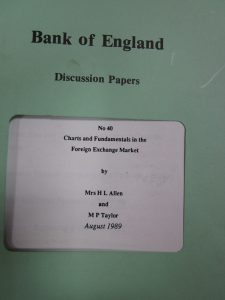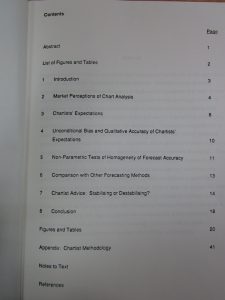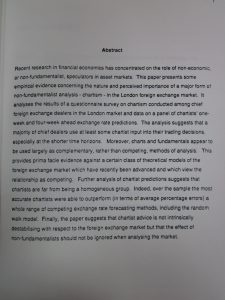Back to the Bank of England: Black marks all fudges
Recently the Old Lady of Threadneedle Street has been in the news for all the wrong reasons. Now because Ms Charlotte Hogg was economical with the truth, flouting compliance rules she herself had drawn up. Bagging a job that was advertised for only a fortnight (7-21 November 2016) she was an obvious shoe-in, not just because she would tip the gender bias but because ex-Chancellor Osborne, who hand-picked Mark Carney as Governor, used to work for her Dad.
Third Viscount Hailsham, MP and agriculture minister to PM Margaret Thatcher was the son of Quintin Hogg, MP, First Lord of the Admiralty and Lord Chancellor, son of the first Viscount Douglas Hogg, Atto rney General and also Lord Chancellor. They don’t get much more blue-blooded so apparently the great-granddaughter merely made an ‘honest mistake’.
rney General and also Lord Chancellor. They don’t get much more blue-blooded so apparently the great-granddaughter merely made an ‘honest mistake’.
Years ago Britain’s central bank and its Court was not populated only by ‘people like us’, and this was reflected in their thinking. Bankers rather than strict quantative economists were in demand, and so too academics and market specialists. I know because as a technical analyst I used to be invited to make chart presentations to the foreign exchange department. Not surprising really because they were well aware that the FX market had embraced the subject wholeheartedly many years earlier.
But don’t take my word for it. I attach photographs of a discussion paper seen by the Society of Technical Analysts, carried out by the Bank of England in 1989. More good news: one of the authors is a woman! The topic: Charts and Fundamentals in the Foreign Exchange Market. The table of contents is comprehensive – this is not a brief outline of the subject – and the focus on whether advice is stabilising or not very interesting indeed.
I love their term ‘non-fundamentalist analysis – chartism’ rather like all goods imported into the UK used to be labelled ‘foreign’. It gets better: ‘the majority of chief dealers use at least some chartist input…[where] charts and fundamentals appear to be used largely as complementary, rather than competing methods of analysis’.
T hey conclude: ‘over the sample the most accurate chartists were able to outperform a whole range of competing exchange rate forecasting methods. Finally…the effect of non-fundamentalists should not be ignored when analysing the market’.
hey conclude: ‘over the sample the most accurate chartists were able to outperform a whole range of competing exchange rate forecasting methods. Finally…the effect of non-fundamentalists should not be ignored when analysing the market’.
Things can go backwards rather than always ‘going forward’.
Tags: Academic research, Bank of England, foreign echange, Fundamentals
The views and opinions expressed on the STA’s blog do not necessarily represent those of the Society of Technical Analysts (the “STA”), or of any officer, director or member of the STA. The STA makes no representations as to the accuracy, completeness, or reliability of any information on the blog or found by following any link on blog, and none of the STA, STA Administrative Services or any current or past executive board members are liable for any errors, omissions, or delays in this information or any losses, injuries, or damages arising from its display or use. None of the information on the STA’s blog constitutes investment advice.
Latest Posts
- Navigating the Market: Insights from Robin Griffiths and Ron William April 9, 2025
- Avoid Revenge Trading: The Key to Long-Term Trading Success March 31, 2025
- Mastering Relative Strength Portfolios: Key Takeaways from the March STA Meeting March 12, 2025
- Stay Disciplined, Stay Profitable February 26, 2025
- Understanding Price Gaps in Trending February 19, 2025




















Latest Comments